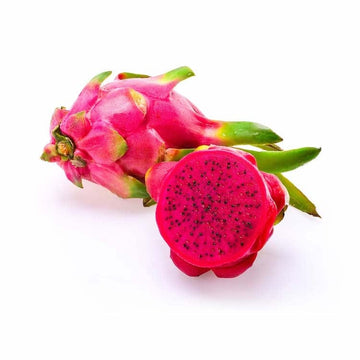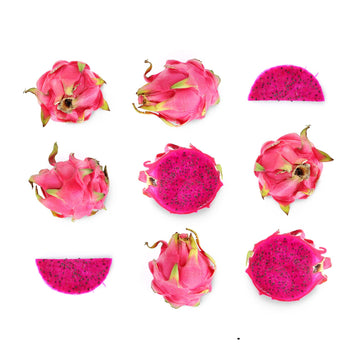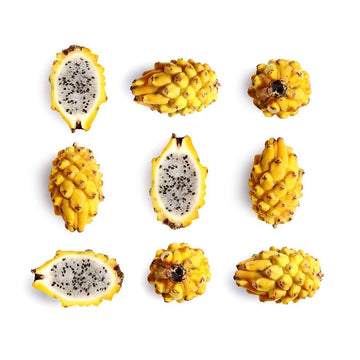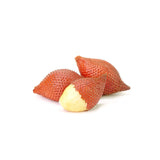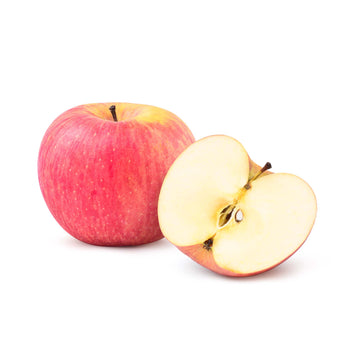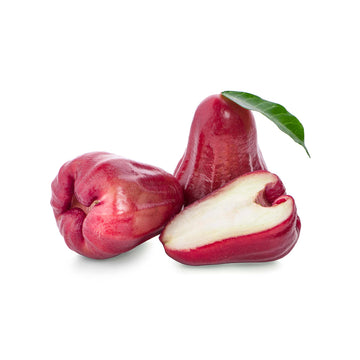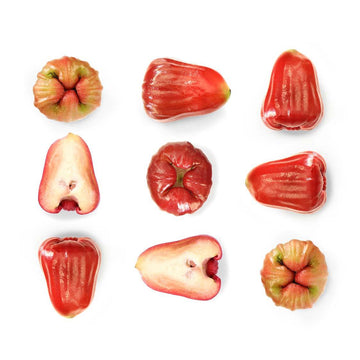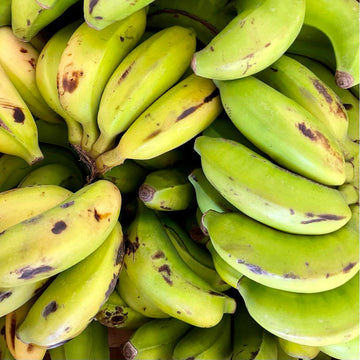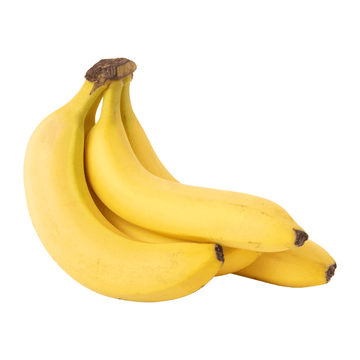Snake fruit - Salak Bali
Introduction
Snake fruit (Salacca zalacca) is a species of palm tree native to Asia and in particular to Sumatra, Indonesia, and Java. There are 30 known cultivators who grow two main species of snake fruit, salak bali and salak pondoh.
History
The fruit has been traditionally cultured throughout Indonesia. There are approximately 30 different cultivars of snake fruit with some of them being very bitter and others being very sweet.
Regions
Snake fruit is native to Indonesia, specifically Java and Sumatra. However, over time, it has been introduced in other regions of Indonesia, from Bali to Maluku, as well as neighboring countries, Malaysia, Timor and Thailand where our Salak Bali is cultivated.
Flavours & Texture
Salak Bali is extremely fragrant and has a taste is described as blend of pineapple, banana, and apple. It is sweet like honey with an acidic finish, leaving a citrusy tingle on the tongue. Its texture is most and crunchy as apposed to the salak pondoh which is dry and crunchy.
Preparation
Eat on arrival as is highly perishable, open the fruit by pinching the tip of the fruit and pulling it off. The remaining part of the skin can now be removed. Alternatively, you can break off the tip and insert the handle side of a spoon that will easily peel the fruit, kind of like a boiled egg. You can have it as a snack, use it in fruit salad, smoothies or even you can use in cakes.
Nutritional Value
Snake fruit is very low in calories and it doesn’t contain fat. It has a good amount of fiber and also is a good source of vitamin C.|
Calories per 100 g |
82 kcal |
|
Fat |
0 g |
|
Carbohydrates |
21 g |
|
Fiber |
2 g |
|
Protein |
0 g |
|
Vitamin C |
10% of the RDI |
SHIPPING
Choose your desired delivery date at the checkout, available delivery dates will be displayed at checkout stage. All orders are dispatched via DHL on a 24hr Next Working Day service. If no date is selected your order will be dispatched at the next available date.
We offer Free Next Working Day Delivery on all orders over £75 including our selection boxes.
Our shipping rates are as follows:-
England - £6.95
Scotland - £9.95
Northern Ireland - £9.95
Customers are responsible for being present at the shipping address provided on the date selected at checkout. Exotic Fruits are not responsible for any missed or attempted deliveries that must be rearranged by the customer.
All orders are packed in cardboard boxes with a biodegradable packing pellets to protect the fruit during transit, unfortunately we do not offer a gift wrapping or send the fruit in a gift basket as this may cause toe bruise during transit..
RETURNS
Let's start by stating the obvious. Since our produce is perishable we cannot accept returns.
That said, we want every customer to be happy so we do offer vouchers, refunds and replacements at our sole discretion if your fruit has arrived inedible. If you would like to report an item which has become damaged or perished during transit, please:- We are not responsible for products that spoil if there is not someone to receive your delivery on the date that you request it, full tracking is provided and can be requested anytime after dispatch.

